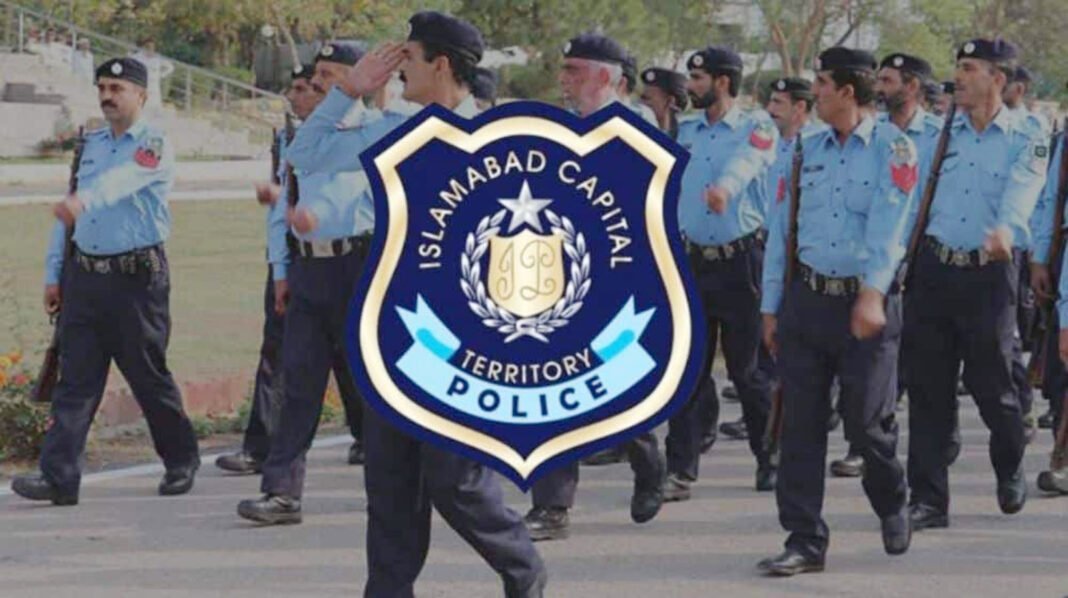Since the creation of the Crime Control Department (CCD) in May 2025, Punjab has witnessed a dramatic and deeply unsettling escalation in police encounters. Yet the most deafening development is the absolute silence from the IG Punjab, who did not respond to a detailed questionnaire seeking clarity on numbers, oversight, and legality. In a province already struggling with public trust in law enforcement, this refusal to engage raises urgent questions about accountability.
2100 Plus Pakistanis killed brutally by punjab police within a passage of six month and no one raised an eyebrow, no judicial inquiry, no investigation to determine responsibility? Multiple internal sources indicate that between May and mid-November, 800 to 850 police encounters took place across Punjab; and this figure does not include the Mureedkay Massacre, where locals claim that more than 700 protesters were brutally killed. If even partly accurate, the scale of force used in just a few months is unprecedented. Separate reports further suggest that the CCD alone may have conducted over 800 encounters in its first three months, potentially marking the most aggressive policing period in Punjab’s modern history. Without any official verification, the numbers sit in a troubling limbo, but the pattern they suggest is unmistakably alarming.
What makes the situation even more disturbing is that concerns extend beyond alleged extrajudicial killings by the CCD. A province-wide surge has been observed in regular Punjab Police encounter operations as well, indicating a broader policy posture that prioritizes lethal outcomes over arrest and due process. Despite this, Punjab Police has not released any credible data on how many suspects were killed or injured, how many officers were martyred, or whether internal or judicial inquiries followed each fatal incident.
The fatality imbalance, overwhelmingly skewed against suspects with near-zero police casualties, has amplified suspicions that a significant number of these encounters may have been pre-planned, staged, or conducted under questionable circumstances. Human rights groups argue that such patterns often signal systemic misuse of force. Punjab Police’s leadership, however, has not addressed even the most basic questions: Who authorizes these operations? What oversight mechanisms exist? Are SOPs followed? Are body-cams used? Has anyone been held accountable for misconduct?
Equally opaque is the CCD’s operational structure. No information is publicly available about its manpower, budget allocation, training protocols, or command chain. The lack of transparency has created an unsettling shadow around a unit wielding extraordinary lethal authority with virtually no public scrutiny.
At a time when policing requires public confidence, the leadership’s silence speaks loudly. When hundreds of lives are taken, thousands of rounds are fired, and entire communities are left traumatised, official indifference becomes a narrative of its own. Without clear data, official statements, or independent oversight, Punjab’s encounter surge cannot be seen as crime control; it increasingly resembles state violence carried out behind a wall of institutional silence.
For now, the questions continue to mount, unanswered. And until the IG Punjab breaks this wall of silence, one truth remains unavoidable: Punjab’s policing landscape is no longer defined by law and order, but by lethal force without accountability.


